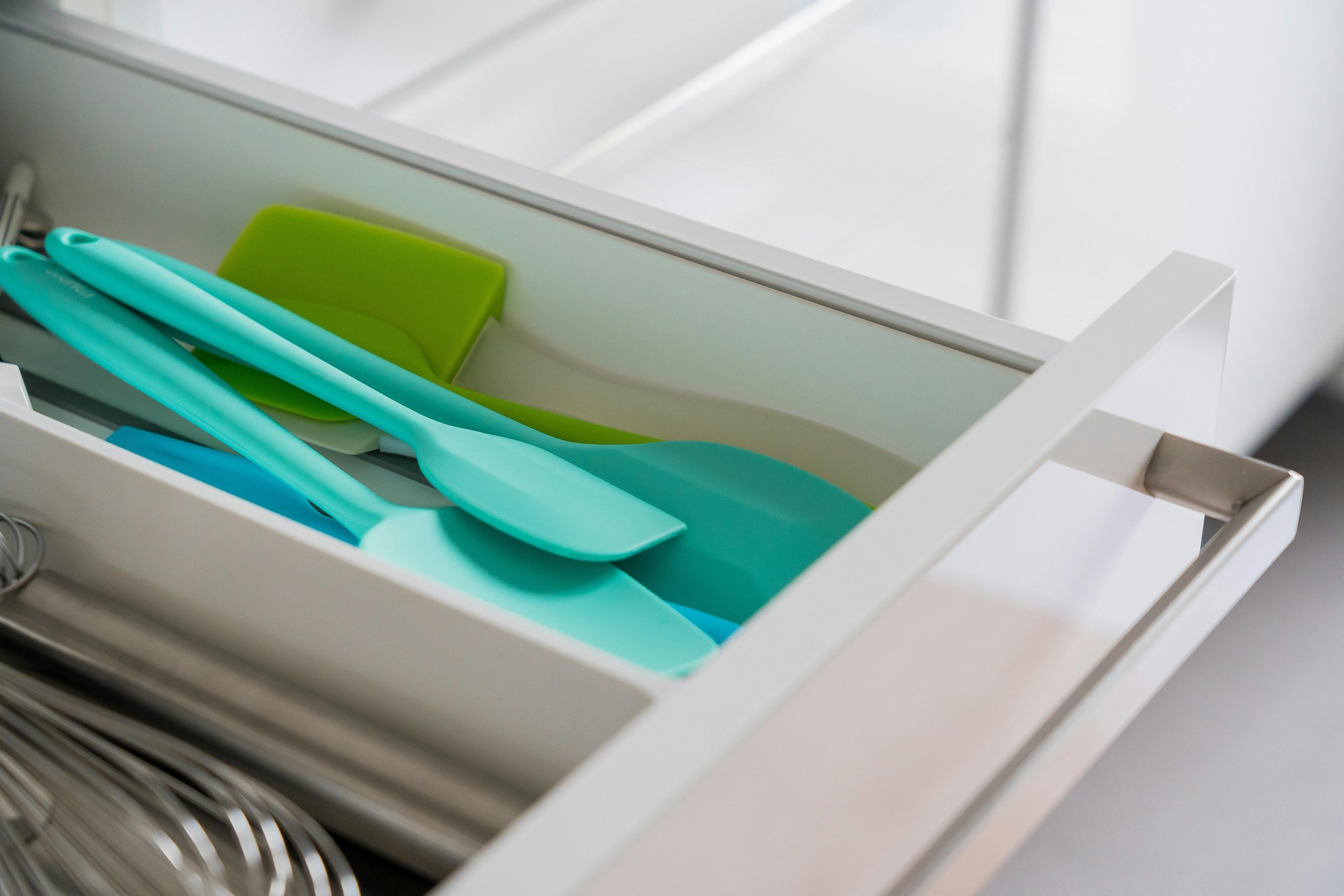From resets to DIY parts swaps—debunking the most common myths.
If you’ve ever searched online for appliance repair tips, you’ve likely encountered countless “quick fixes” promising to solve your problems in minutes. While they might sound like an easy fix, and even make sense in the moment many of these so-called solutions can do more harm than good—and cost you more in the long run. Let’s break down some of the most common myths about appliance repairs and why trusting professionals is often the smarter choice.
The “Duct Tape Solution” Myth
Myth: Duct tape can fix almost anything, including your appliances!
Reality: While duct tape is a versatile household staple, it’s not a permanent solution for appliance issues. Using duct tape to seal a leaky hose can work temporarily. In the long run, it leads to more extensive damage when the tape inevitably fails or interferes with the appliance’s ability to work. It’s commonly misused on cracked refrigerator shelves, loose washing machine panels, and even air conditioner vents, which can worsen over time. It’s especially important to keep in mind that it’s not designed to withstand heat, moisture or pressure, and shouldn’t be used for a long term solution. Duct tape is meant to be a stop gap.
The Better Fix: Replace damaged parts with manufacturer-approved components and have them installed by a professional to ensure safety and longevity.
The “Just Reset It” Myth
Myth: Turning an appliance off and on will fix any glitch.
Reality: While resetting is often the first step a professional will try with a smart appliance, it’s not a cure-all. Many modern appliances do rely on advanced chips to control them, and a simple reset can fix minor glitches. However while chips can be reset, deeper issues like malfunctions in the code, or damaged chips or hardware issues, like faulty wiring, worn motors or failing sensors can’t be ‘reset.’ Ignoring these signs can lead to more than momentary frustration.
The Better Fix: If the issue persists after resetting, it’s time to call in an expert. A professional can diagnose the root cause and prevent the problem from escalating.
The “It’s Cheaper if You Do It Yourself!” Myth
Myth: You can save money by replacing broken parts yourself.
Reality: While it might seem straightforward to swap out a damaged part, modern appliances often have complex systems that require precise installation. They can also be tricky to get to and require a full disassemble of the appliance, or tools made just for the appliance. A DIY attempt can lead to improperly fitted parts, voided warranties, or even safety hazards like electrical shocks or gas leaks.
The Better Fix: Always consult a professional for repairs involving electrical or gas components. This not only ensures safety but also maintains your appliance’s warranty coverage.
The “Overloading Isn’t a Big Deal” Myth
Myth: Appliances are built to handle more than their recommended capacity.
Reality: This one is as much a time-saving trick that we try as well as an appliance trick. While it’s hard to overload your dishwasher, we all have overloaded our washers and dryers at least a time or two. With your dishwasher, it’s a problem of putting in too many heavy pots and pans or squishing in every single plate. This can present proper water circulation which leaves your dishes dirty, and overworks the dishwasher. With the washer and dryer there is a recommended amount that you can fill it to. When you overload it, that strains the motor, and throws off the balance within the machine. This causes damage to the drum and the bearings, and lands you a hefty bill. This “quick fix” for saving time often results in expensive repairs or even appliance replacement.
The Better Fix: Stick to the manufacturer’s recommended load capacity. If you’re frequently running out of space, consider whether it might be time to upgrade to a larger machine instead.
The “Tap It, and It Will Work” Myth
Myth: If your appliance stops working, give it a tap, and it’ll start again.
Reality: While this old-school “fix” might occasionally work for loose connections, it’s not a reliable or safe solution. Repeatedly jostling your appliance can damage internal components and worsen the issue. Besides, “percussive maintenance” may provide a moment of satisfaction, but it rarely provides a lasting fix.
The Better Fix: Don’t rely on a temporary “tap” solution. If your appliance isn’t functioning properly, it’s time for a professional inspection.
When it comes to appliance repairs, quick fixes often lead to long-term headaches. Instead of risking further damage or voiding your warranty, let the professionals at Appliance Rescue Service handle the job. Our skilled technicians know how to address problems safely and effectively, ensuring your appliances keep running smoothly for years to come. Call us today to schedule a repair and give your home the care it deserves.
Call (214) 599-0055
Additional Reading
The Risks of DIY Appliance Repairs and How to Avoid Them
Keep Your Dishwasher in Top Shape
The Hidden Costs of Delaying Appliance Repairs


























